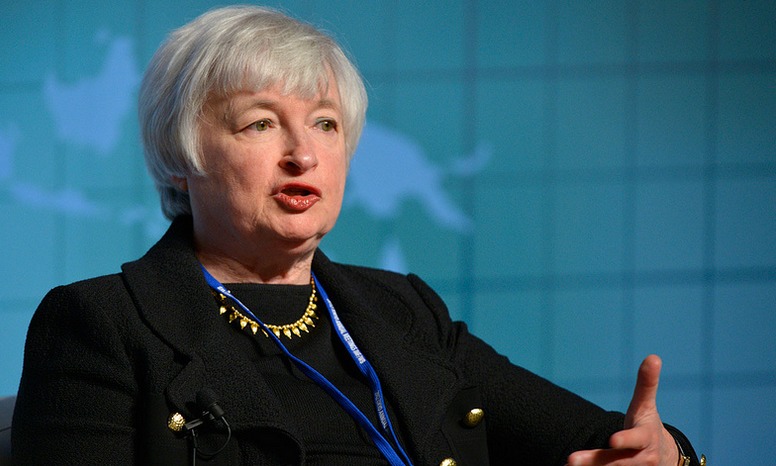By Alec Young, managing director, Global Markets Research, FTSE Russell
The US large-cap Russell 1000® Index has outperformed the US small-cap Russell 2000® Index over the past year.
In 2018, the Russell 1000 lost 4.8% as compared to a loss of 11% for the Russell 2000. And in the fourth quarter, the Russell 1000 lost 13.8% as compared to a 20.2% loss for the Russell 2000.*
As investors look to 2019 and grapple with continued market volatility, market experts from FTSE Russell want to help put the large cap small cap gap into a broader perspective.

Cyclicality
In my opinion, small caps tend to be more economically sensitive and cyclical than large caps and have hence been more vulnerable amidst worries about slowing economic growth.
In this context, several fundamental advantages have emerged, buoying large caps:
- Leverage: US large-cap stocks, which comprise the Russell 1000 Index, generally have stronger balance sheets and lower leverage ratios that have proved a big help amid rising rates, widening credit spreads and increasing worries over historically very high levels of corporate debt.
- Earnings: Large cap companies of the Russell 1000 Index have enjoyed a much slower pace of negative earnings revisions than their small cap counterparts comprising the Russell 2000 Index. While Wall Street consensus profit projections have recently declined across the board, the downtrend has been less pronounced among large cap companies.
- Valuations: Large caps’ lower valuations have helped cushion their decline relative to small caps. The Russell 2000 Index generally sees a significant premium to the Russell 1000 reflecting faster long-term earnings growth prospects. However, when earnings revisions turn negative small caps’ higher multiples usually make for greater drawdowns.
This article first appeared on the FTSE Russell blog on January 7, 2019.
Photo Credit: Andreas L.P. Astier via Flickr Creative Commons
©2019 London Stock Exchange Group plc (LSEG Group). All information is provided for information purposes only. All information and data contained in this publication is obtained by the LSE Group, from sources believed by it to be accurate and reliable. Any representation of historical data accessible through FTSE Russell Indexes is provided for information purposes only and is not a reliable indicator of future performance. No member of the LSE Group nor their respective directors, officers, employees, partners or licensors provide investment advice and nothing contained in this document or accessible through FTSE Russell Indexes, including statistical data and industry reports, should be taken as constituting financial or investment advice or a financial promotion.
Certain of the information contained in this article is based upon forward-looking statements, information and opinions, including descriptions of anticipated market changes and expectations of future activity. The author and its employer believe that such statements, information, and opinions are based upon reasonable estimates and assumptions. However, forward-looking statements, information and opinions are inherently uncertain and actual events or results may differ materially from those reflected in the forward-looking statements. Therefore, undue reliance should not be placed on such forward-looking statements, information and opinions.



